Royal history is filled with quiet moments that never made it into paintings or grand halls. A soft paw on polished stone. A watchful pair of eyes beside a ruler, preparing for another uncertain dawn.
These dogs were not symbols carved into statues. They were companions who lived inside the most guarded rooms of the world. They learned the rhythm of palace corridors, the private burdens of leadership, and the fragile parts of power that could only be shared with a loyal presence.
Their role was never decorative. It was emotional, constant, and deeply human. These dogs carried secrets, softened loneliness, and offered comfort during the heaviest decisions. Their presence shaped the private side of royalty more than history books admit.
As you move forward, you will step into the stories of dogs whose place beside monarchs was earned through devotion, presence, and quiet loyalty.
Key Takeaways
Royal history often focuses on crowns and battles, yet some of its most loyal witnesses had four paws and a quiet way of understanding the weight of power.
Breeds like the Pembroke Welsh Corgi and Cavalier King Charles Spaniel learned the hush of palace corridors, becoming trusted companions who stayed close during private moments no one else was allowed to see.
Others, such as the Pekingese and Maltese, carried traditions that stretched across empires, shaping a softer side of royalty that rarely appears in written records.
Dog Breeds That Once Belonged to Royal Families
1. Pembroke Welsh Corgi

The Pembroke Welsh Corgi carries a lively energy that sparks attention the moment it enters a room. Its confident attitude has long been admired, and that charm reached royal circles many decades ago.
The breed’s steady nature fits naturally with the calm yet structured environments often found in royal households.
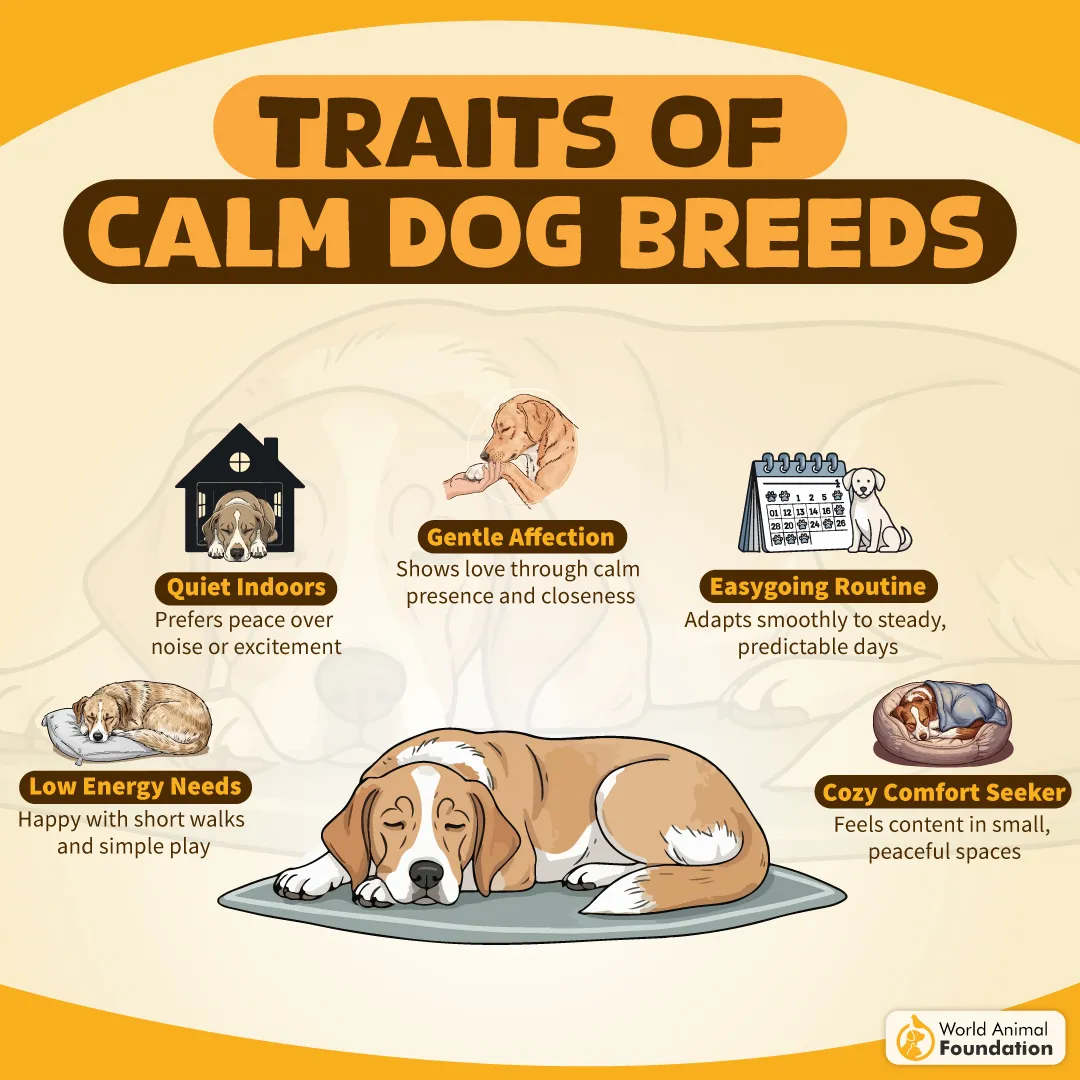
From Palace Halls to Family Homes
The strong bond this breed forms with its people is one reason it settled so comfortably into royal life. Queen Elizabeth received her first Corgi, Dookie, in 1933, and more than thirty of them lived in the palace after him, as the AKC claims. This long history gave the breed a presence in modern royalty.
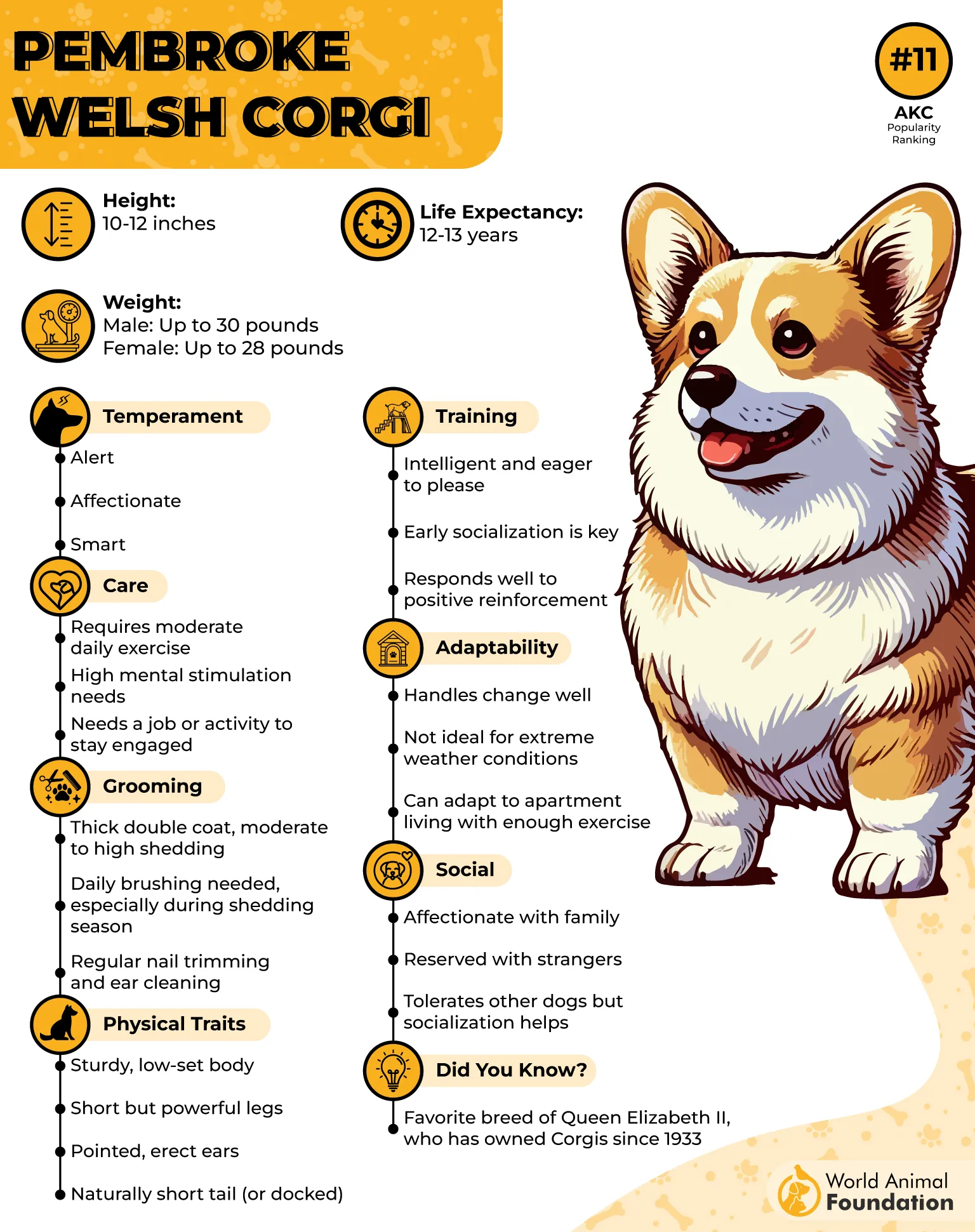
A Natural Blend of Playfulness and Alertness
The Corgi’s cheerful approach to life never overshadows its sharp awareness of what is going on around it. That balance made it well-suited to the bustling yet orderly atmosphere of royal estates filled with guests, staff, and activity. Their expressive bark added a layer of watchfulness that many palace visitors remember even today.
2. Cavalier King Charles Spaniel

This breed is known for its soft expression and the gentle way it connects with people. Its easy charm made it a familiar sight in royal chambers long before it became a household favorite. Court painters often included these spaniels in portraits, showing how naturally they blended into aristocratic life.
A Royal Companion Through Centuries
They were valued for their comforting nature, which earned them a place beside queens and noblewomen during long hours indoors. As per Omlet, their calm temperament also made them ideal lap dogs during the Tudor era, where they served as warm companions during cold nights.
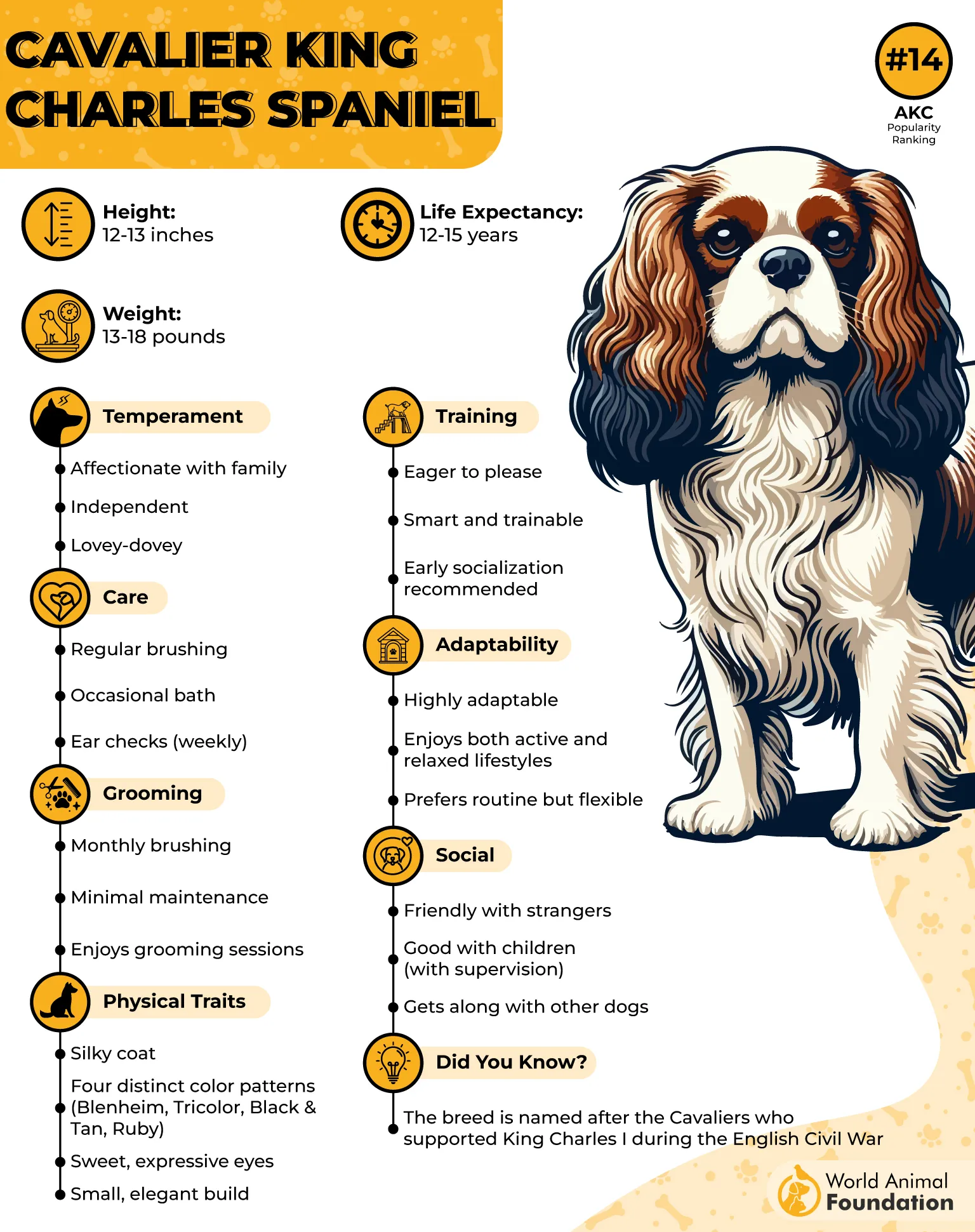
A Blend of Softness and Agility
Even though they were cherished for calm companionship, these spaniels were lively enough to keep pace with horses during outdoor activities. Their small size made them easy to carry, but they were energetic enough to stay involved when the royal household moved from place to place.
3. Pekingese
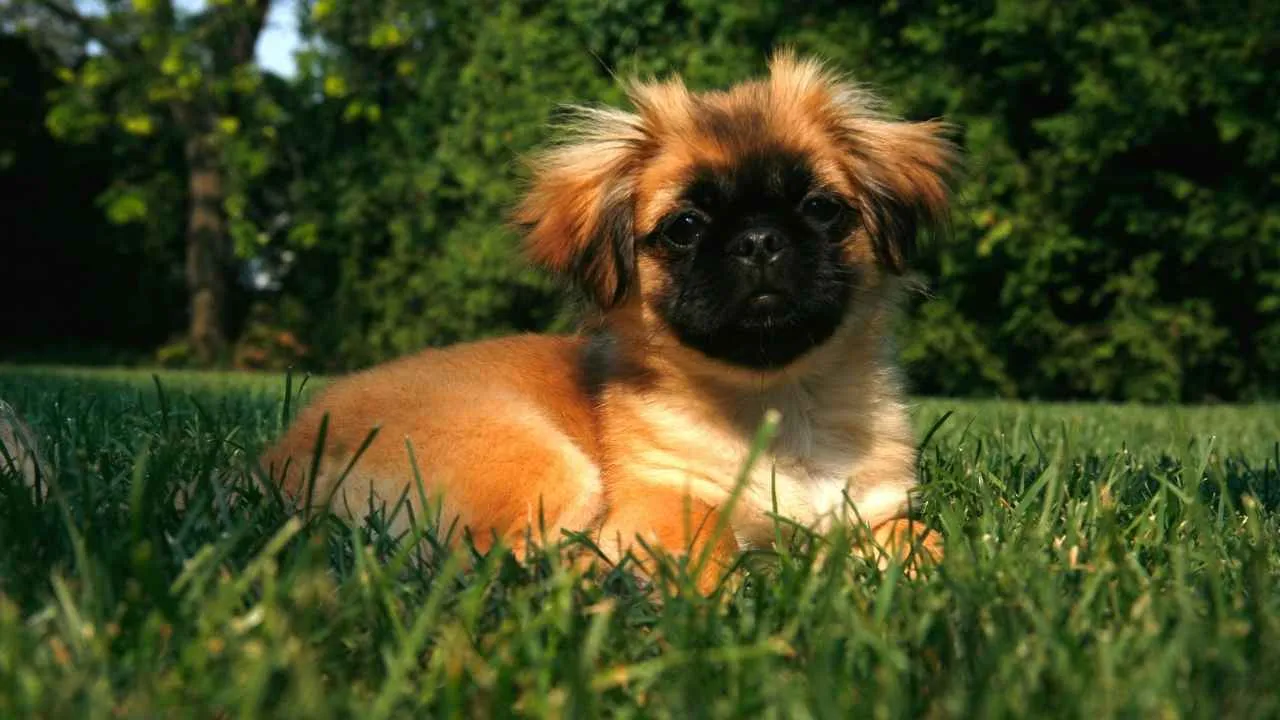
The Pekingese carries itself with an effortless confidence that once made it a favorite within ancient Chinese palaces. Its dignified expression and slow, rolling gait reflected the graceful atmosphere of the imperial courts.
This distinctive presence became part of the breed’s charm, especially during ceremonies where the dogs followed nobles as symbols of status.
Cherished in Palaces
Their history goes back centuries, with records describing how emperors treasured certain markings and rare sizes. As the AKC highlighted, some were so tiny they could be tucked into the wide sleeves of traditional robes, kept close during gatherings. These sleeve-size dogs often acted as small but alert companions.
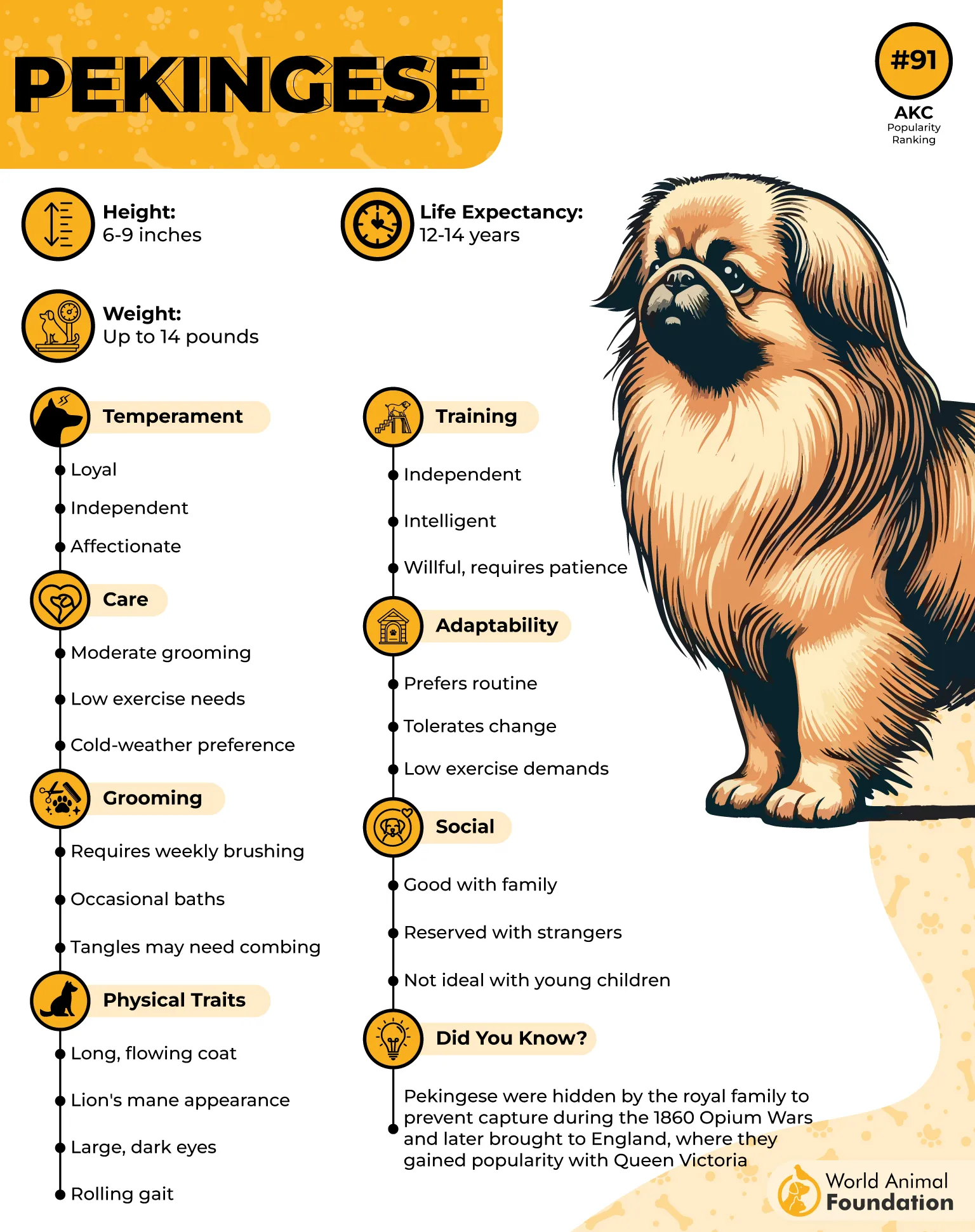
A Strong Identity in a Small Frame
The Pekingese is known for a thoughtful, self-assured nature, which made it stand out among royal pets. Its independent thinking did not take away from its loyalty, and the breed was known to bond deeply with the members of the court.
4. Shih Tzu
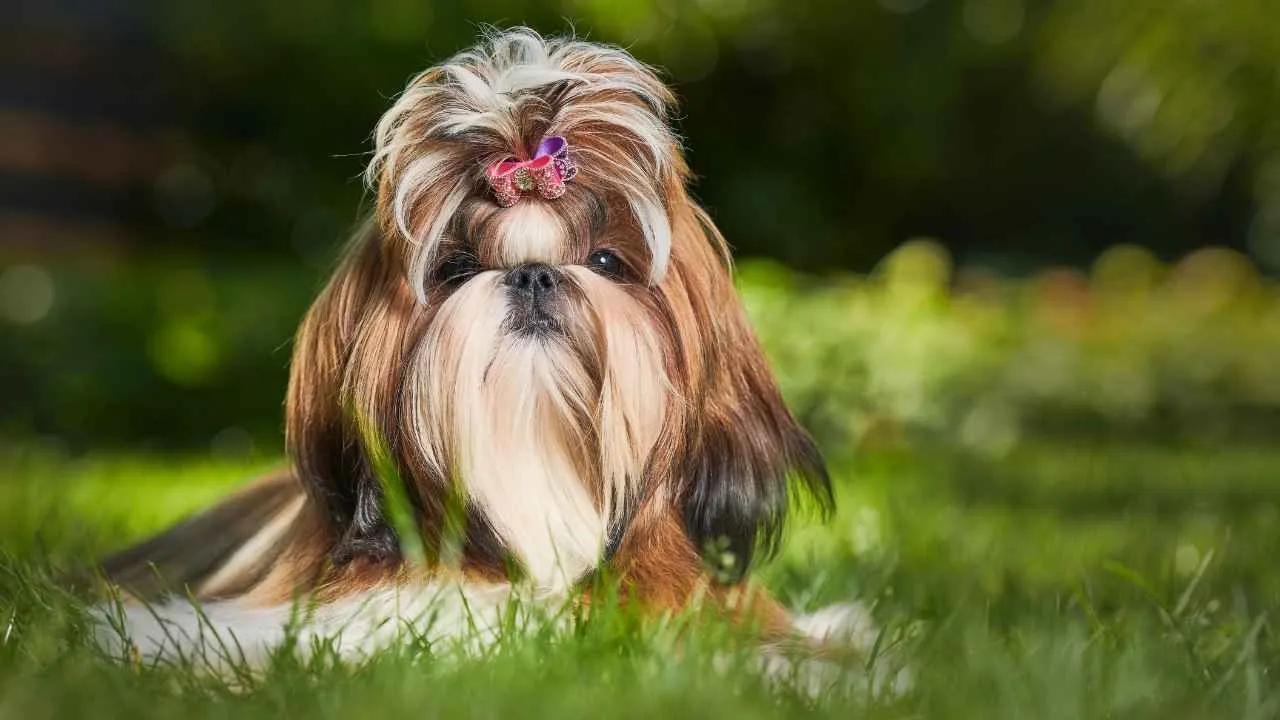
Shih Tzus are known for their warm, people-focused nature, and this gentle temperament made them treasured pets inside imperial chambers. Their calm presence brought comfort to nobles who valued quiet company during long hours indoors.
Grace in Everyday Moments
Their soft expression and affectionate personality drew attention from breeders who aimed to impress the royal household with the most endearing pups. These qualities shaped their reputation as thoughtful indoor companions who enjoyed staying close to their chosen person.
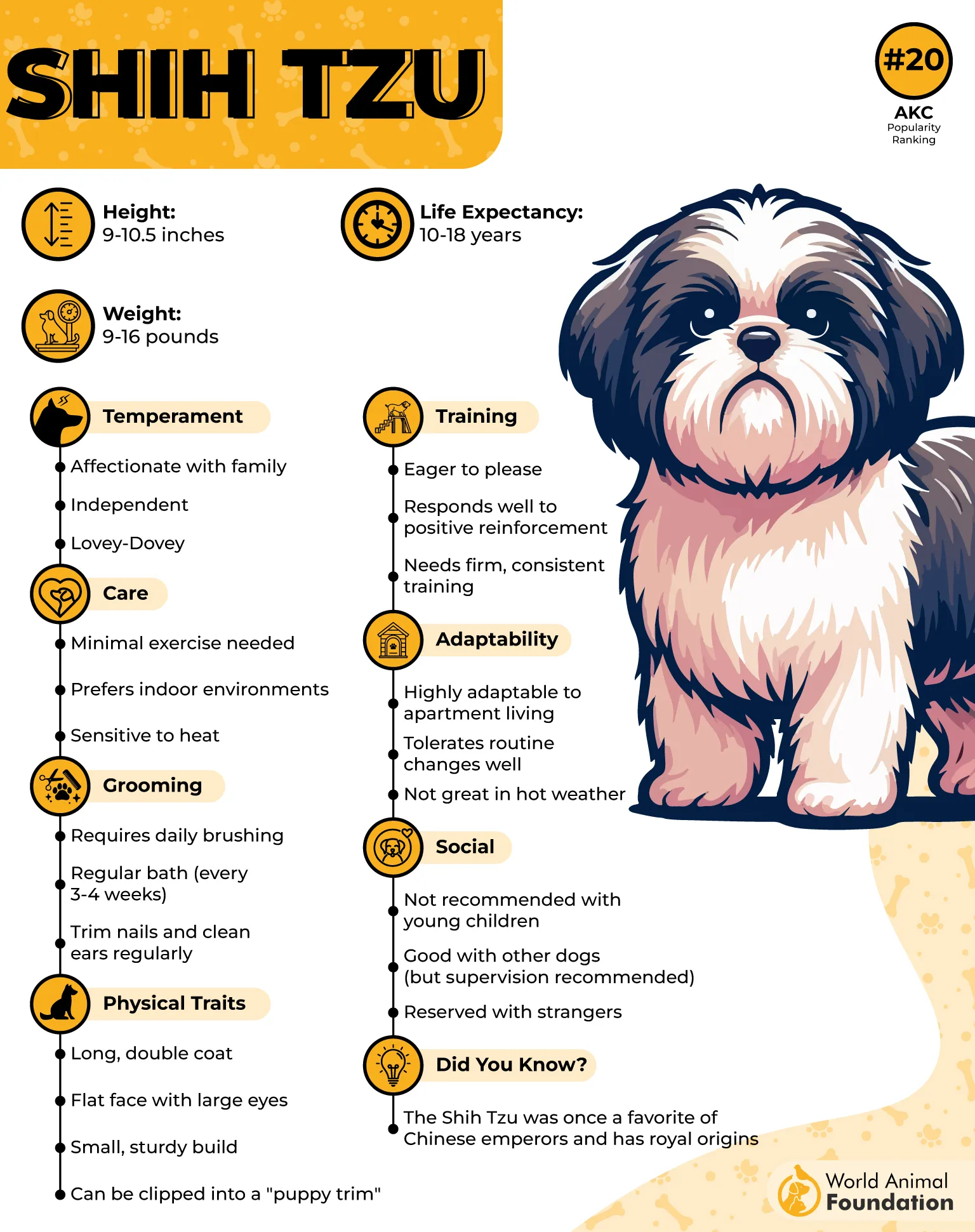
A Lap Dog with History
The name “lion dog” hints at the admiration these pups received, as the symbol of the lion held significance in Chinese culture. Their calm manner made them ideal for resting on cushioned seats while nobles attended to daily affairs.
5. Maltese

The Maltese carries a natural grace that made it a favorite in palaces long before modern royal traditions existed. Its gentle presence and expressive face captured the admiration of Greek and Roman elites, who even built dedicated tombs for their cherished companions.
A Royal Favorite Through Generations
Historical records show that this little dog was a constant companion to queens who appreciated its calm nature and refined charm. Queen Elizabeth I, Mary Queen of Scots, and Queen Victoria all kept Maltese dogs close during their reigns, treating them more like confidants than pets.
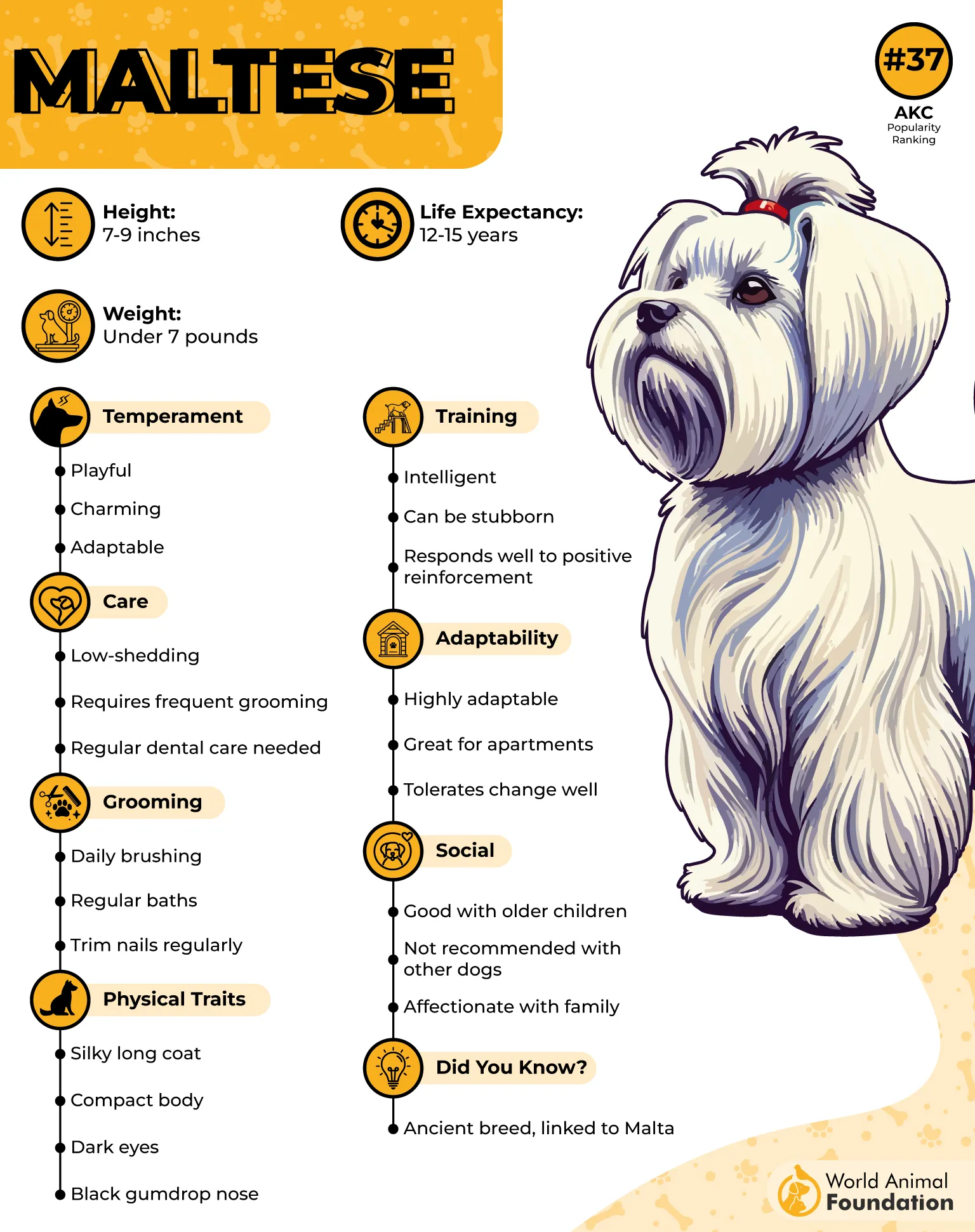
Graceful Personality That Matches Its Past
The Maltese is known for the way it moves with light steps, a trait often mentioned in early descriptions of palace dogs. Its gentle responsiveness makes it easy to carry during long court gatherings or quiet travels, which likely contributed to its popularity among noblewomen.
6. Bichon Frise

The Bichon Frise is known for its cheerful charm, a quality that made it a favorite in elegant halls long before it became a household companion. Its bright expression and soft presence suited the refined lifestyle of aristocrats.
Cherished in European Courts
Its gentle nature made it popular among nobles who appreciated a companion that could sit quietly during court affairs yet bring warmth to daily routines.
This appeal soon spread across multiple kingdoms, especially during the Renaissance, when refined companionship was considered a mark of status.
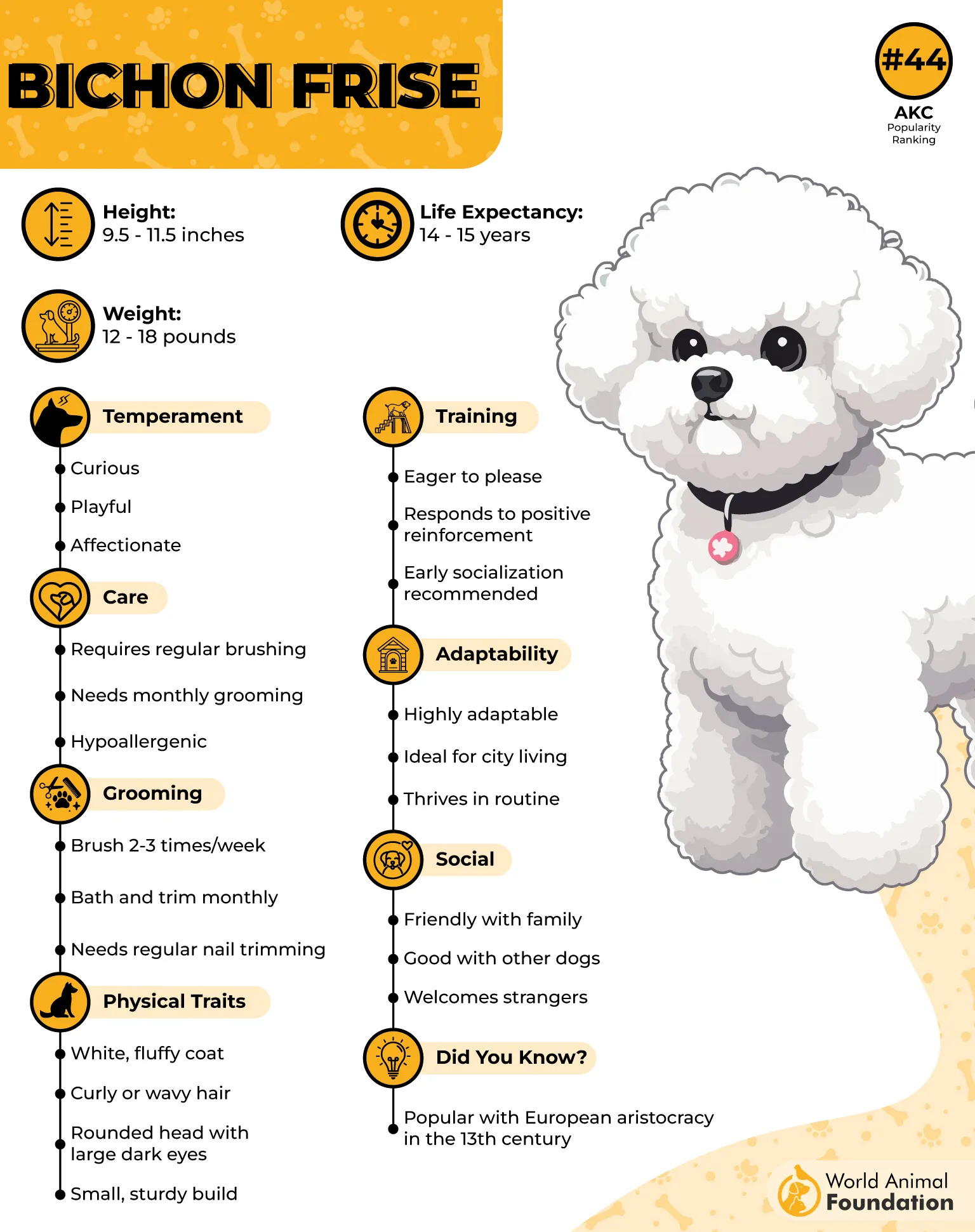
A Long Line of Royal Admirers
Historical accounts mention its rise in France under King Francis I, followed by King Henry III, who adored the breed so much that he had attendants carry them in small baskets.
Its charm reached Spain and Italy, where nobles kept them as treasured companions during ceremonies. Even Queen Victoria appreciated their grace, adding to their long royal timeline.
7. Greyhound
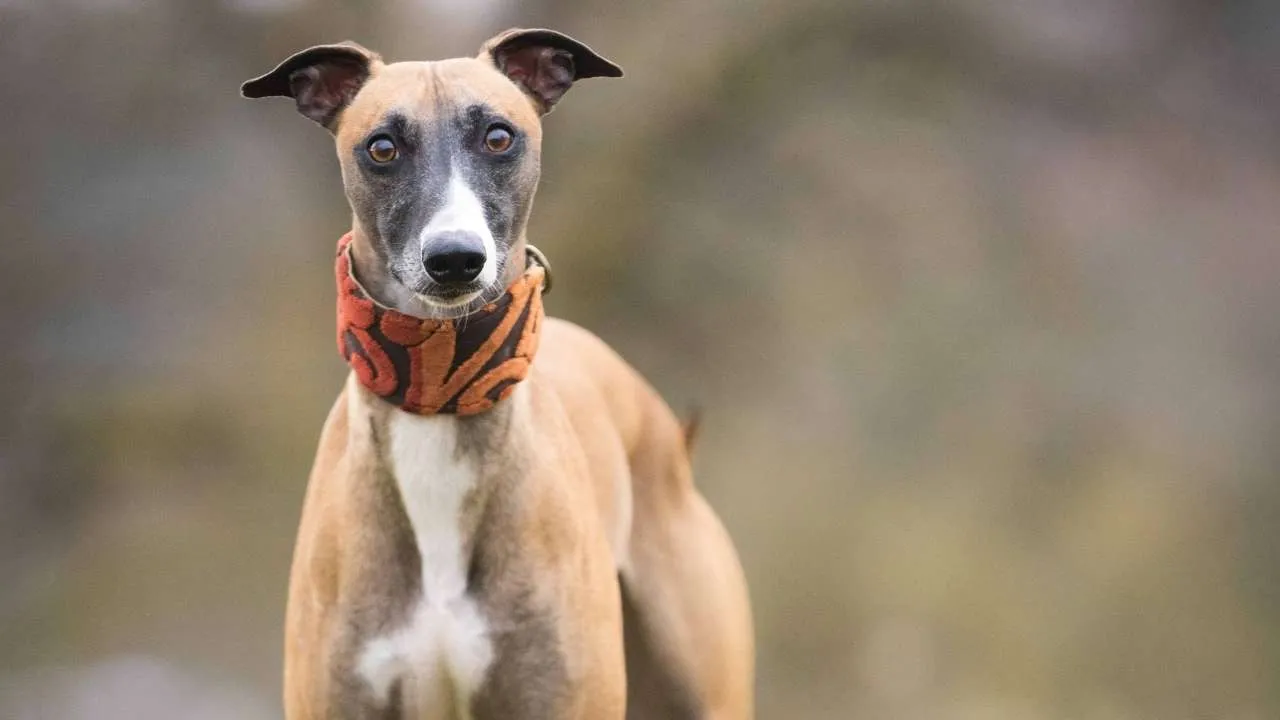
The Greyhound carries a calm elegance that people notice immediately, and this gentle nature made it a favorite inside ancient courts. Long before it appeared in European paintings, it held a special place in Egypt, where nobles kept it as a treasured companion.
A Breed Woven Into Ancient Royal Traditions
Historical writings and early artwork repeatedly show these dogs beside pharaohs, confirming how closely they were associated with power and status. The Greeks and Romans later continued this admiration, portraying them as dignified symbols in their mythology.
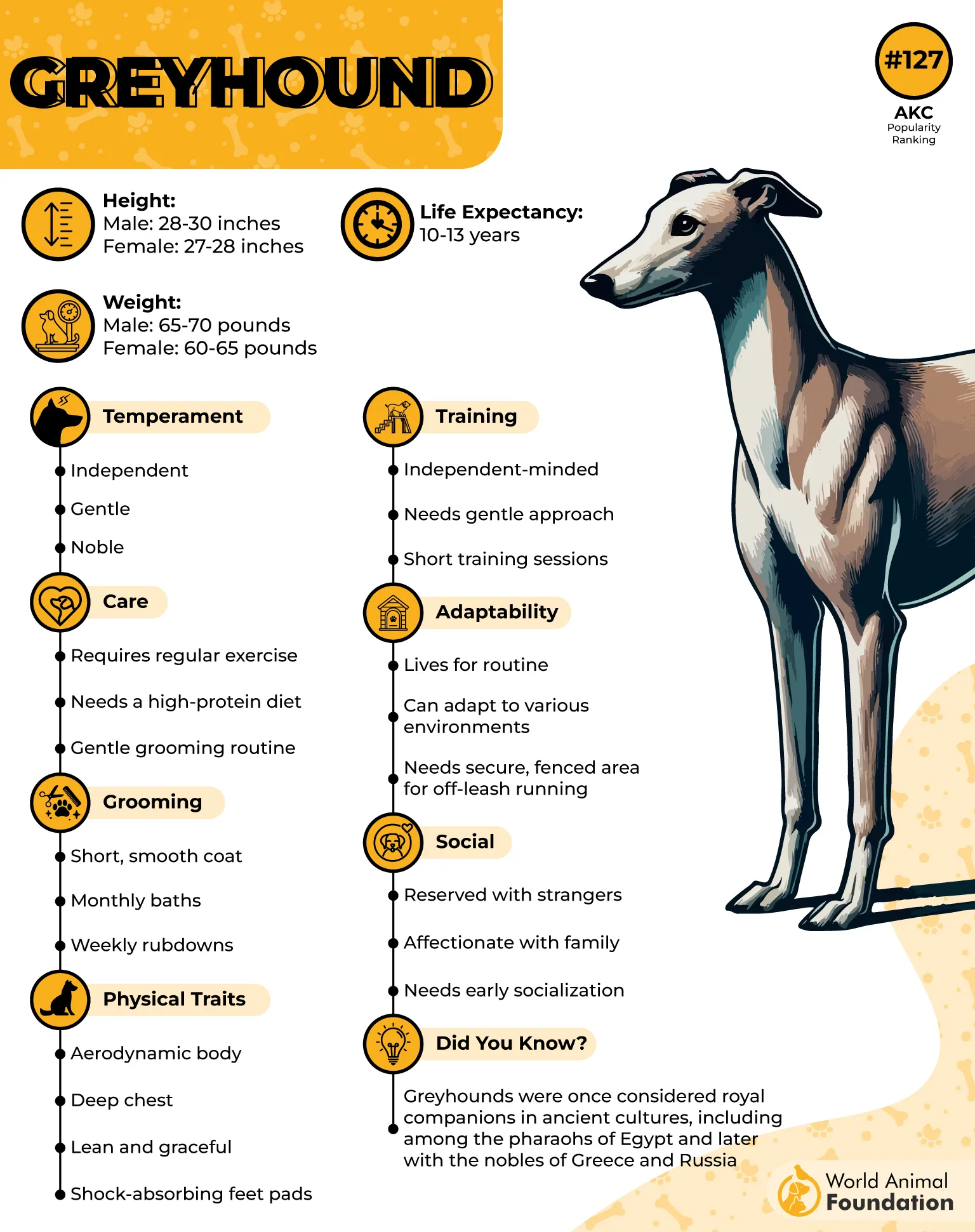
A Legacy Strengthened by Famous Companions
One of the most striking references is the story of Alexander the Great and his beloved Greyhound, Peritas, whose loyalty became part of historical accounts. These mentions show how deeply this breed was valued by rulers who trusted its steady nature.
8. Borzoi
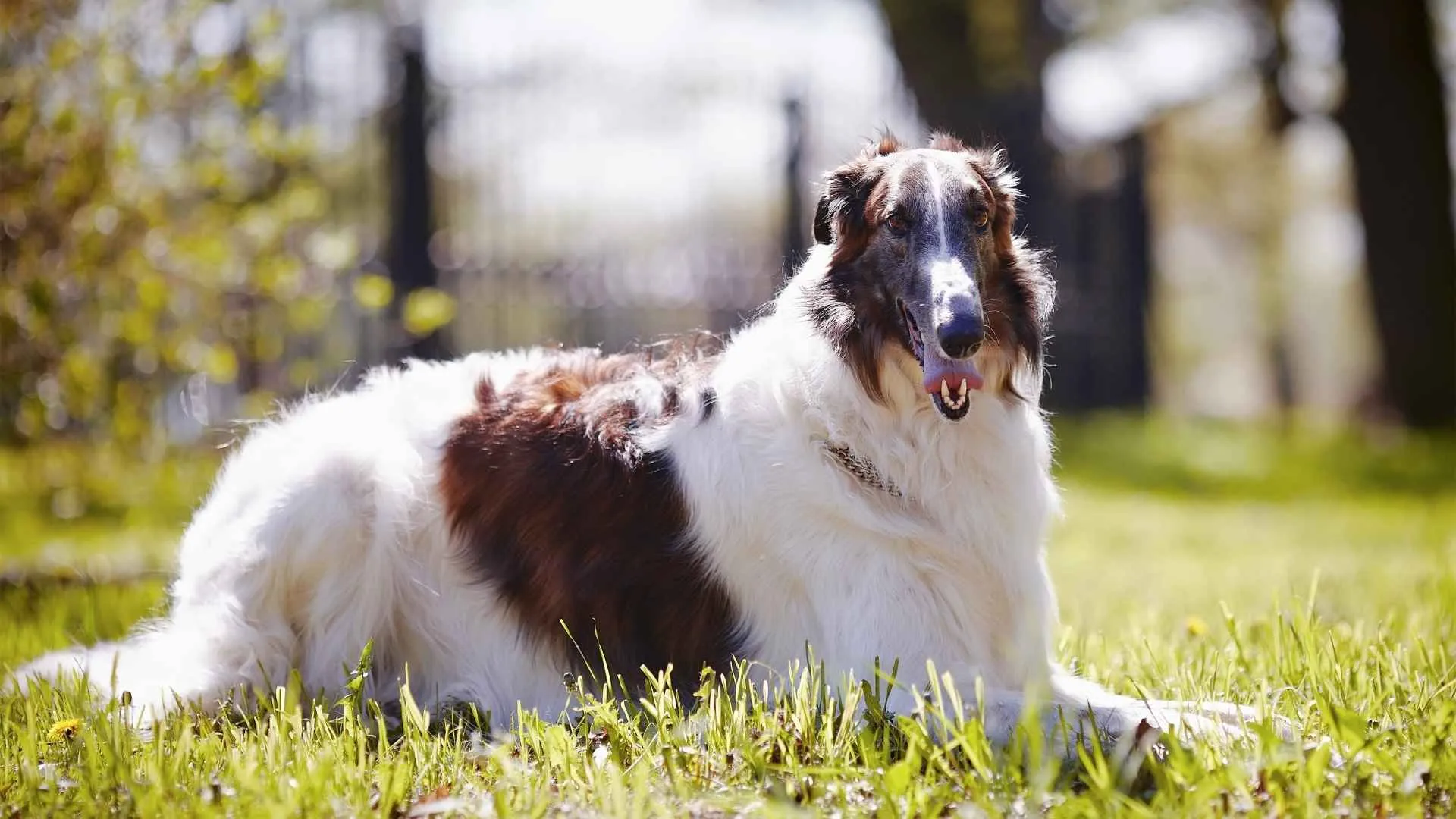
The Borzoi carries itself with a flowing elegance that makes people stop and stare, helped by its long, silky coat and gentle presence. Its quiet confidence has been admired for generations, especially by those who valued refinement and beauty in their companions.
Royal Favorites Through History
Their calm nature and sensitive temperament made them ideal companions for royal settings, where a peaceful atmosphere was essential.
Queen Alexandra of Denmark, who later became Queen of the United Kingdom, was especially fond of them and even raised her famous Borzoi named Alex, a gift from Tsar Alexander III.
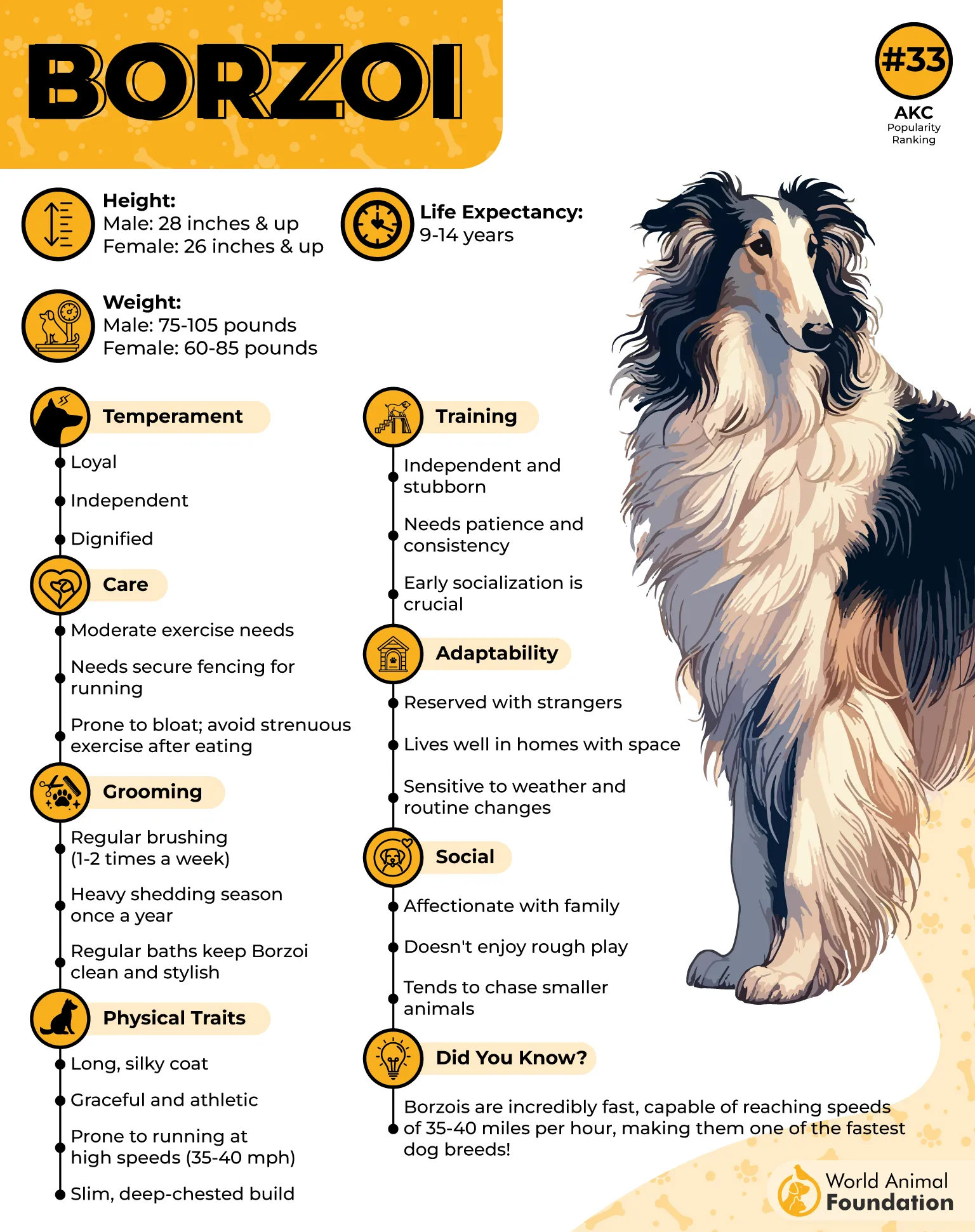
Quiet Connection With Their People
A Borzoi has a way of staying close without demanding attention, which suited the formal routines of palaces. Their alertness added an extra layer of comfort to royal families who wanted a dog with awareness but also a peaceful disposition.
9. Pharaoh Hound

The Pharaoh Hound carries itself with an easy, athletic grace that immediately draws attention. Its sleek frame and alert expression mirror the elegant style seen in ancient Egyptian artwork. This natural poise helped the breed earn a place beside royal families, where beauty and usefulness mattered equally.
Royal History Woven Into Every Detail
Ancient wall paintings and tomb carvings show dogs with the same upright ears and streamlined build, linking this breed to pharaohs who prized skilled hunting companions. These images reveal how the dog moved, worked, and lived among rulers.
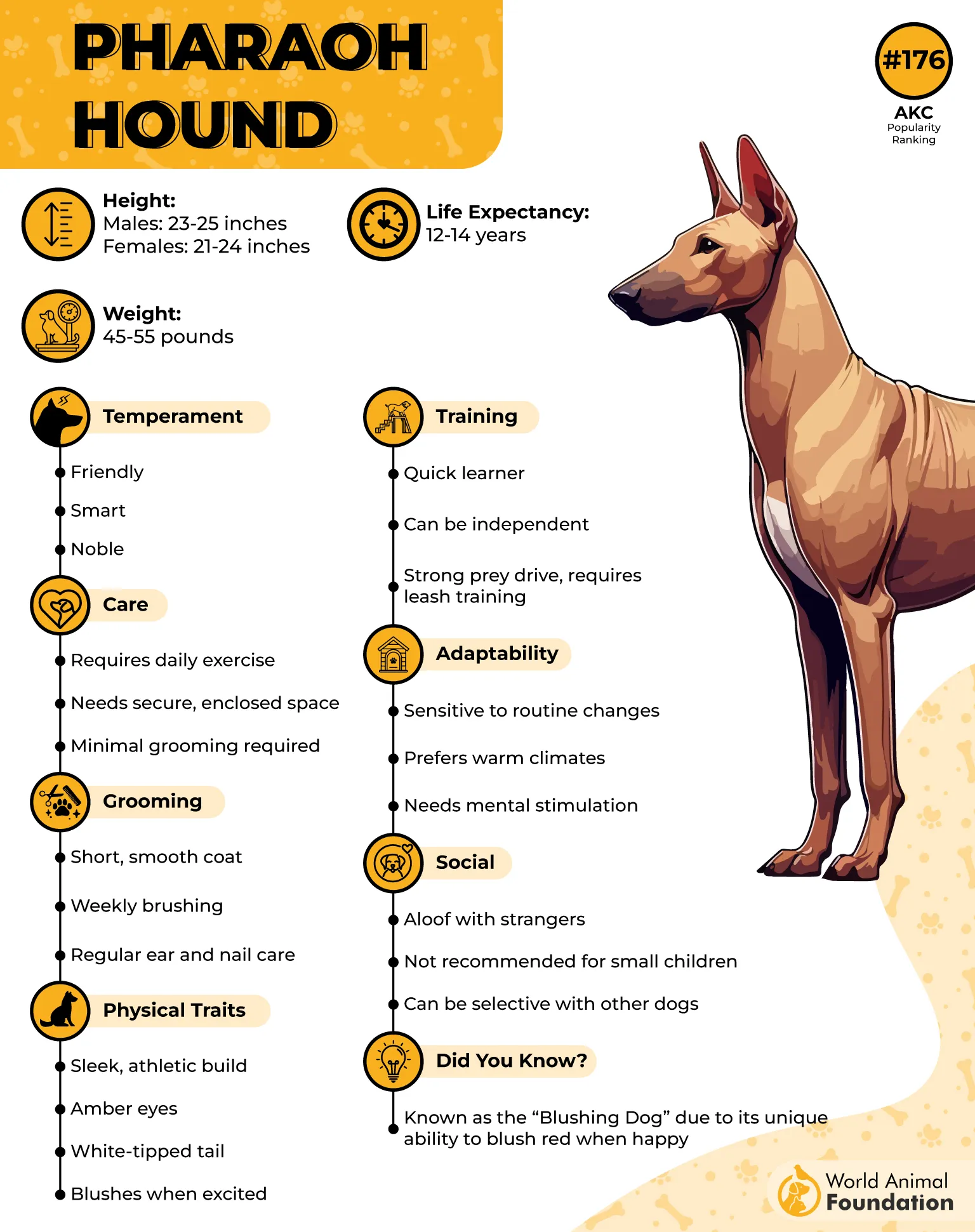
A Temperament That Reflects Old-World Nobility
Calm, responsive, and attentive, the Pharaoh Hound carries a sense of awareness that feels almost instinctive. This balance of gentleness and sharp observation made it trusted in royal households where both companionship and reliability mattered. The breed’s lighthearted expressions soften its otherwise noble aura.
Note: Archaeological findings show hounds resembling the Pharaoh Hound depicted beside figures such as Tutankhamen and Cleopatra, strengthening its association with royalty.
Conclusion
Stepping through the stories of these companions shows how deeply they shaped the private world behind every throne. Each royal dog carried a presence that softened long days and gave rulers a sense of steadiness that history rarely mentions. Some found their place in French nobility, while others walked the quiet paths of the royal court, learning the rhythm of daily life in guarded rooms.
Their journeys continued long after, supported by the kennel club records that helped preserve these lines. Many of these breeds still hold a majestic appearance that keeps the breed’s popularity strong among modern family members who share the same quiet love of dogs once felt by their royal ancestor


